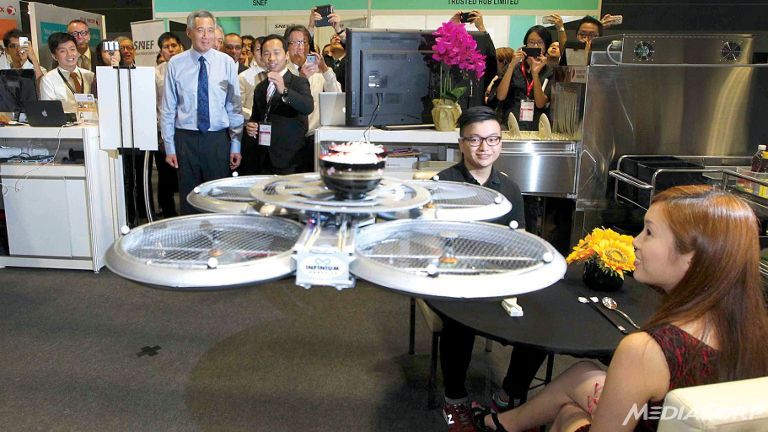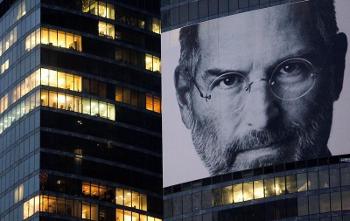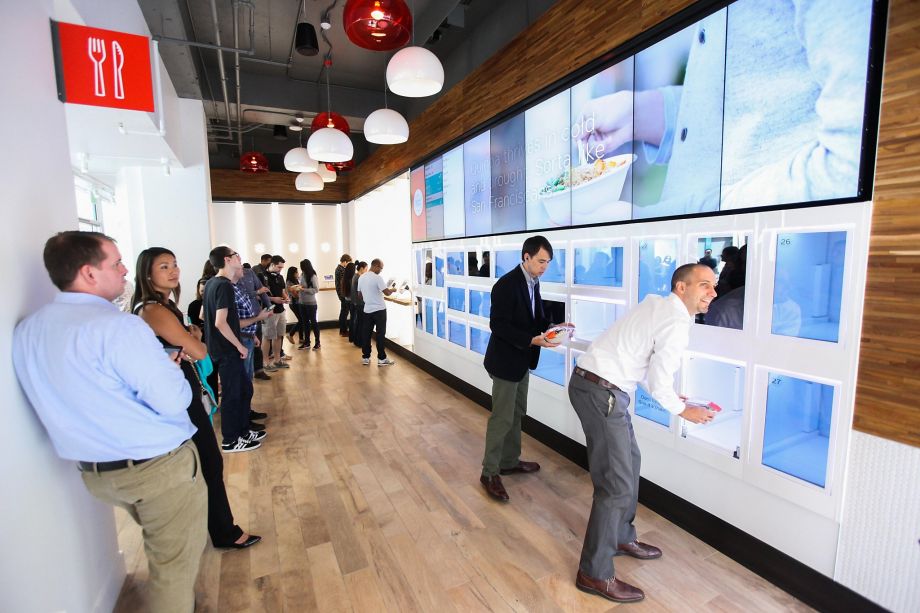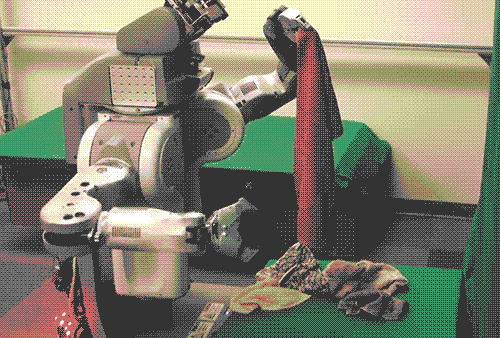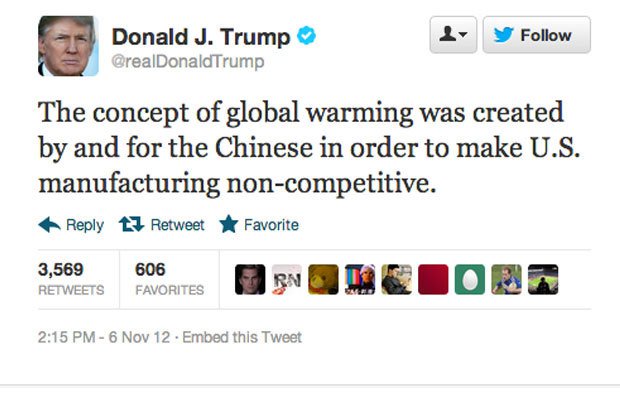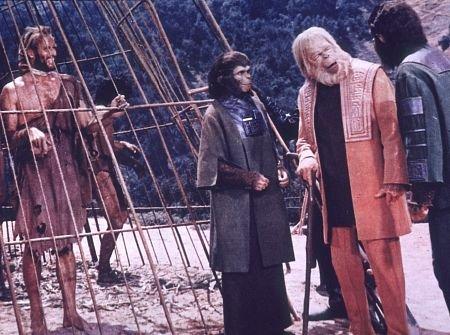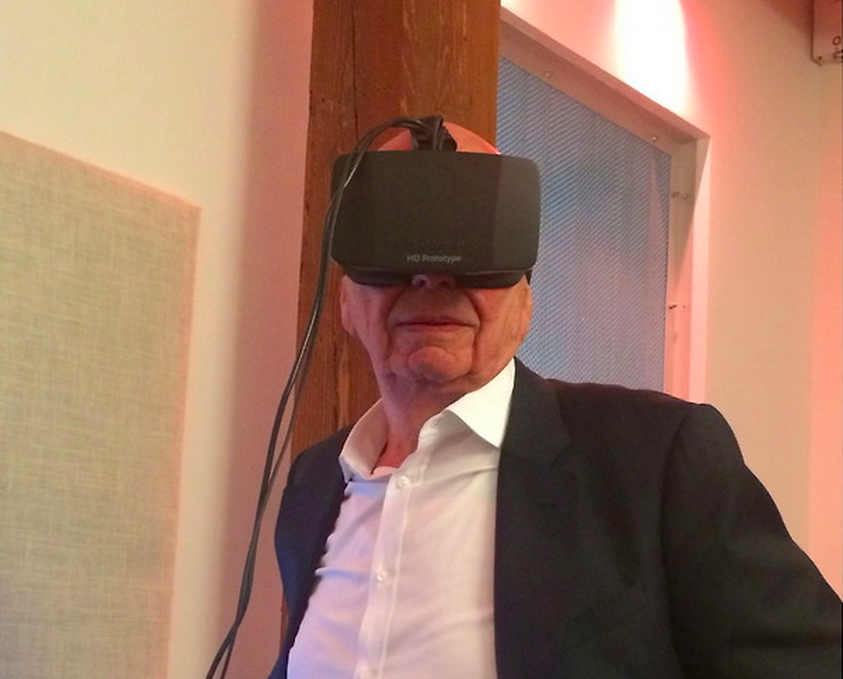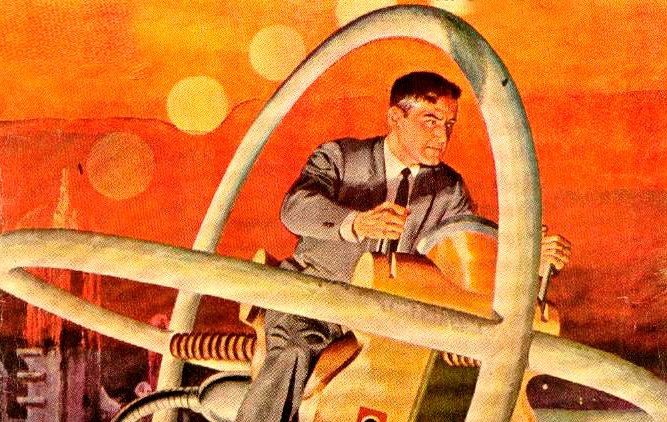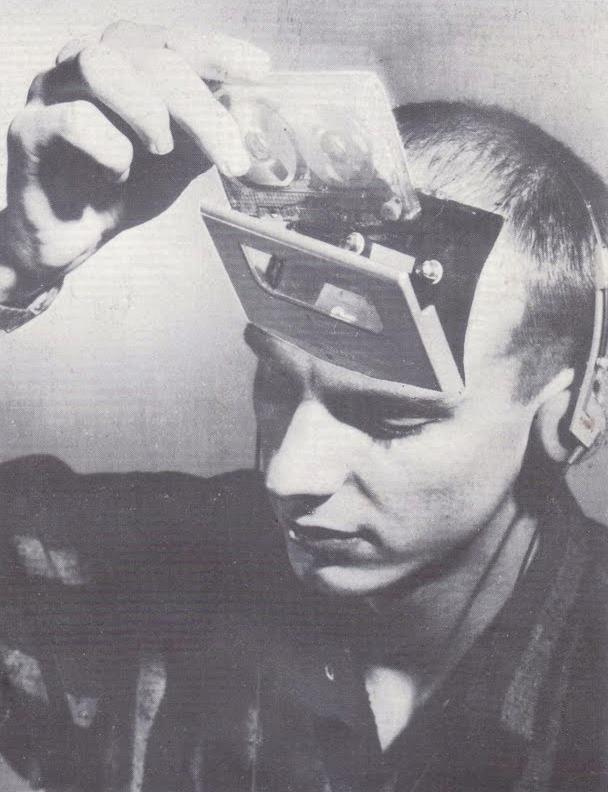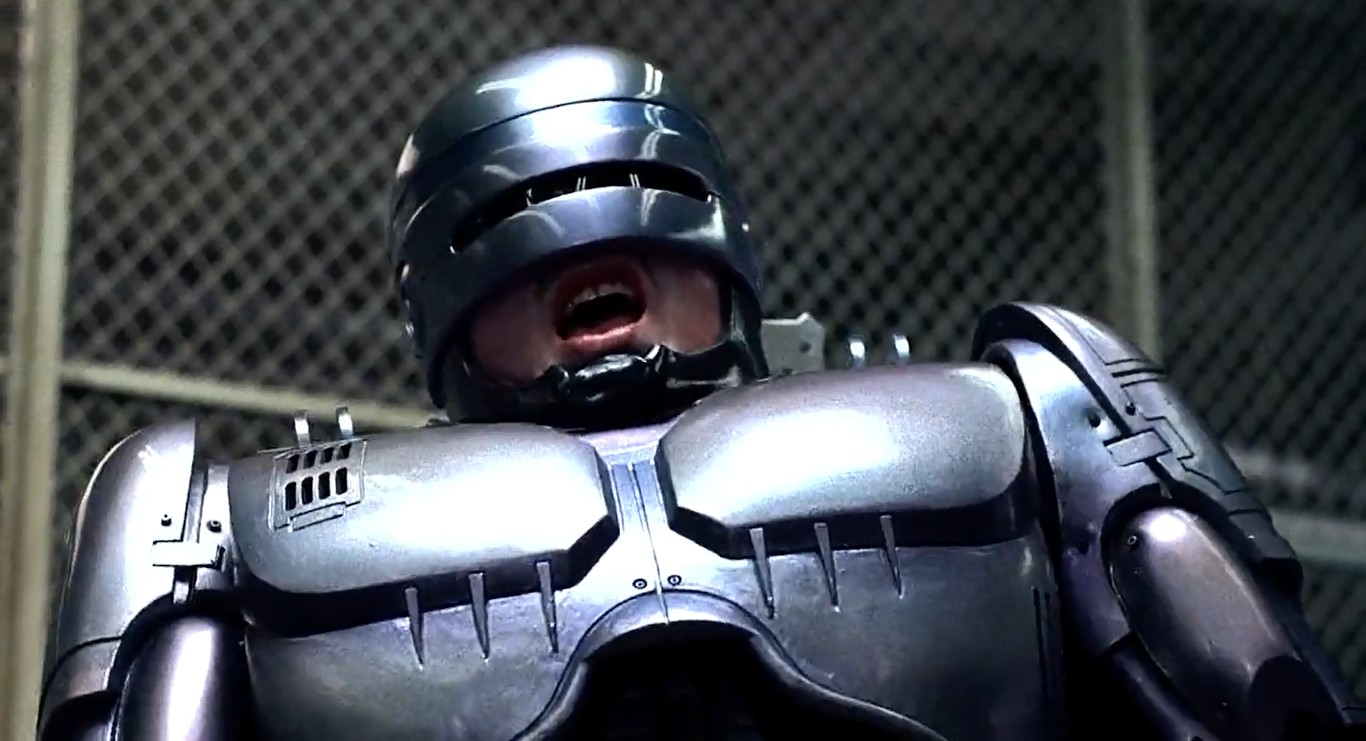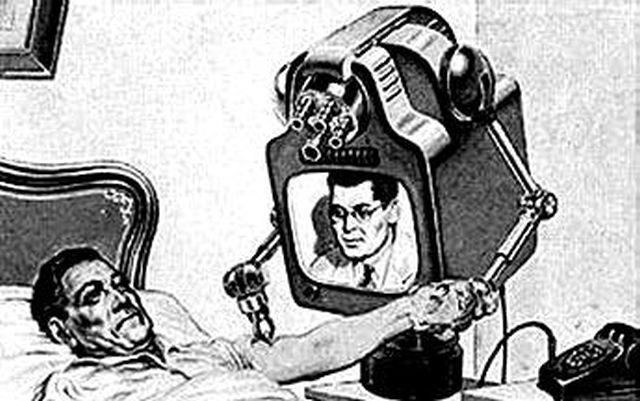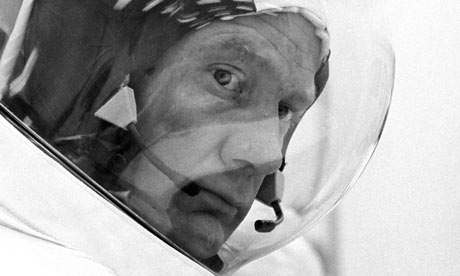The endless fetishization of food is mind-numbing, but Alice Driver’s story at Vice “Munchies” takes a smart, offbeat approach to the topic, wondering about the future of nutrition, how we’re going to feed a growing population without further imperiling the environment. She does so while in Mexico, trailing outré chef Andrew Zimmern, who fears he will be viewed as the “fat white guy [who] goes around world eats fermented dolphin anus, comes home.” Zimmern thinks Soylent will eventually be the meal of the poor–or maybe something else we can’t even yet visualize. I would think lab-grown food will play a significant role.
An excerpt:
I was skeptical of the argument that Soylent was simply a McDonald’s alternative, but I found Zimmern’s second point—that Soylent would be the food of the future for the poor—more compelling. He explained, “I’m at this strange intersection where I’m talking to all these different people about it. You can’t tell me when you’re turning crickets into cricket flour to put in a protein bar and masking it with ground up cranberries and nuts—you can’t tell me that that’s eating crickets or grasshoppers. It’s not. You’re eating a ground-up natural protein source. I would think that solving hunger problems in poverty-stricken areas, it’s probably better to give people a healthy nutri-shake or something once a day. What drives a lot of investigation of alternative foods is hunger and poverty. Ten years ago I told everybody, ‘Yes, it’s going to be bugs. It’s going to be crickets.’ Today, I think it’s going to be something else that we just don’t know yet because you’re talking about 50 years from now or 20 or ten years from now—who knows what we’re going to have invented by then?”
I tried to imagine the world’s poor subsisting off of Soylent, but I couldn’t help feel that there was something perverse about that solution to world hunger.
Meanwhile, in Oaxaca, Zimmern focused on learning about traditional pre-Hispanic cuisine, in which insects played a prominent role.•



